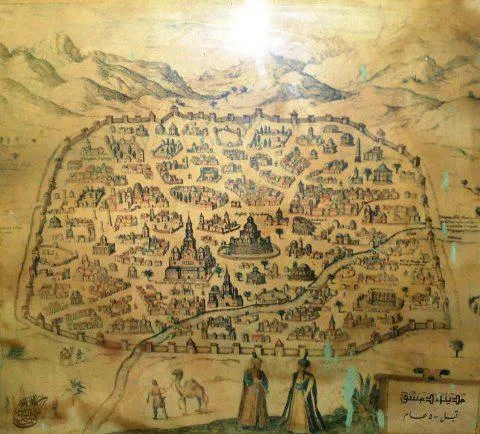
The Monastery of Our Lady of Sidnaya, Syria. The manager dates back to the 5th century AD
The Monastery of Our Lady of Sidnaya in Syria is one of the oldest Orthodox monastic institutions in the Arab East and even in the Christian world, where the lives of nuns have continued uninterrupted since the fifth century AD.
The historic monastery is located at the top of the peaks of the village of Sidnaya, north of Damascus, in a series of basements and ancient stone halls topped by three towers adorned with church bells.
Over the course of days, the monastery became a large museum with a large number of icons and frescoes in the most exquisite and inspired by the beliefs of Christianity and the history of the place.
The doors of the cabins and the halls are the other wooden paintings decorated with works of scattering and sculpture done with great precision and brilliance. The visitor recalls that in the last train, he returned to a few centuries old, awakened only by the sudden ringing of cell phones.
But the most important icon, which was the reason for the construction of the monastery hidden from the eyes of nuns and visitors after being deposited in a wooden box closed allows viewing and distance from the blessing and prayer next to him.
These are, according to tradition, the icon of the Virgin Mary, one of the four original copies of the icons drawn by the Apostle Luke Al-Bashir and known in Syriac as "Shahoura" or "Shagoura" meaning "famous". On the sides of the monastery were stone cups and large pottery vessels that used stores for oil and supplies.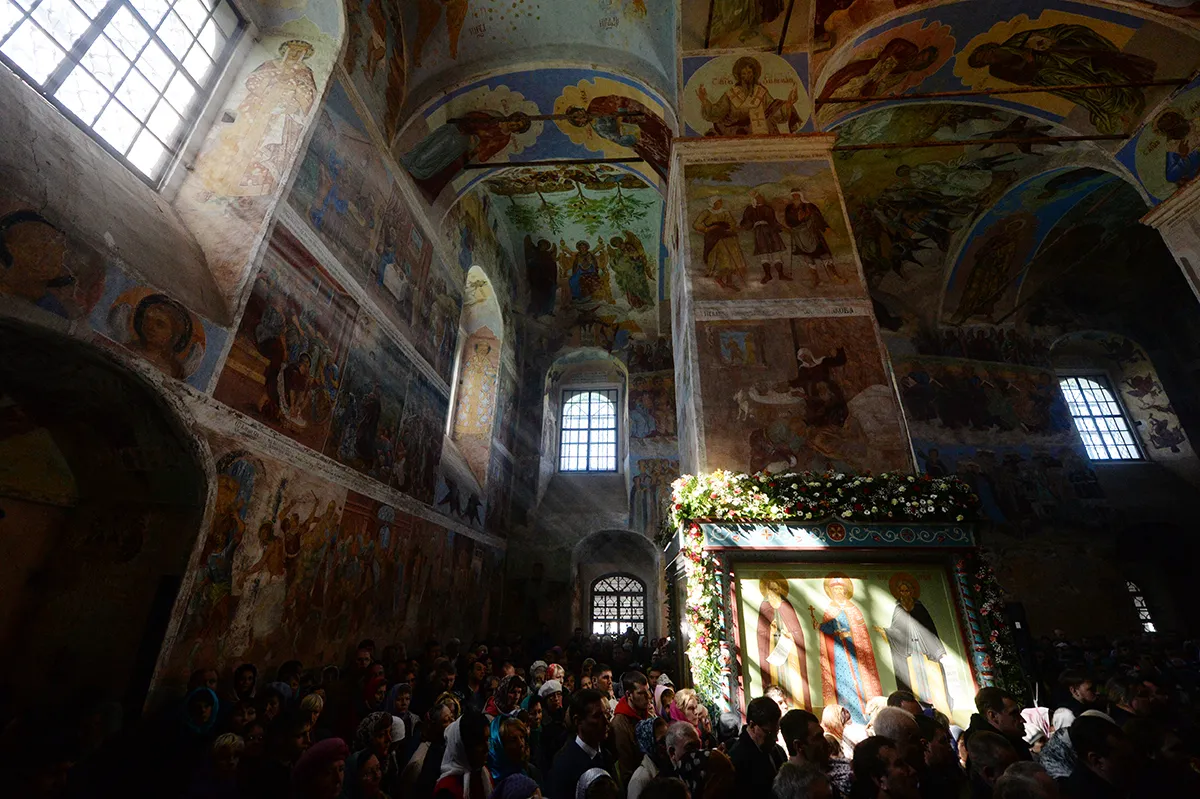
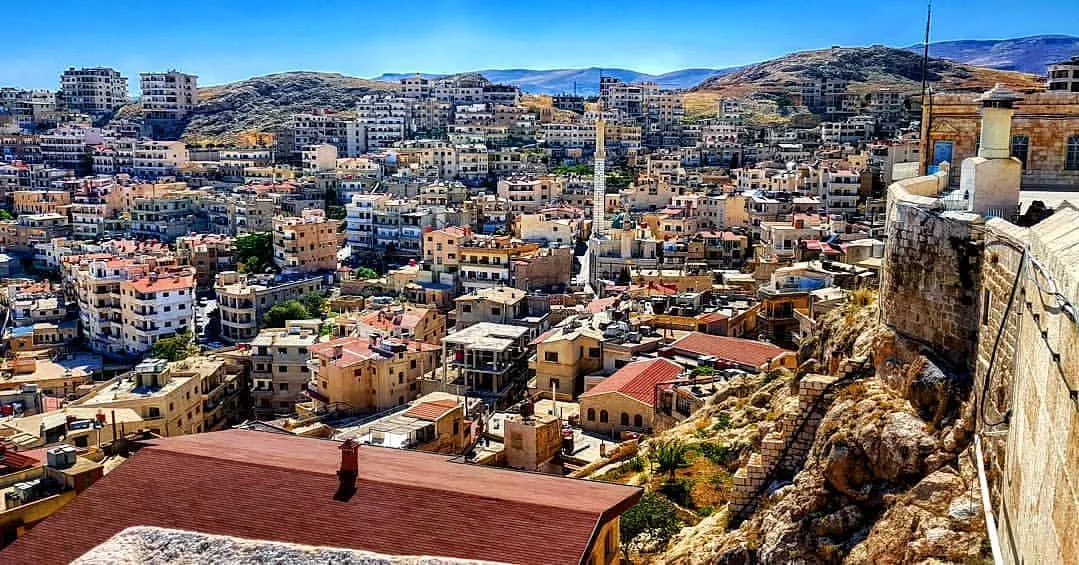
Some of the inhabitants of the Qalamoun mountains speak the ancient Syriac (Al Jazeera Net)
The inhabitants of the monastery
The monastery, which is home to tens of thousands of pilgrims and visitors from all over the world, is home to about 100 nuns and dozens of orphaned girls who study in a school and spend money on donations.
In the monastery overlooking the village of Sidnaya, a library of hundreds of books and precious manuscripts that was built in 547 by the Byzantine Emperor Justinian I.
According to the mythical story, the Byzantine commander had gone out with his armies to attack the Persians through Syria, and he had camped in the desert. During the break, the emperor went out for fishing and fell on Ghazali after chasing her and standing on the head of a hill next to a fountain of water flowing in the neck.
There, the diadem did not leave the fisherman any opportunity to pay his arrows towards her as she suddenly turned to an icon of the Virgin Mary radiating a great light from her and addressing the king calling him to build her church on the spot and soon missed the ghost of the deer. After his return, the king ordered the church to be built.
Shagoura
The Sacred Icon was later introduced and is believed to have been brought from Jerusalem by a monk who survived during his return from monsters and bandits and has since been honored and revered.
Priest Sister Christina Baz said she had stayed at the convent since a 61-year-old student entered, pointing out that nuns maintain an inherited lifestyle and devote most of their time to prayer and spiritual meditation.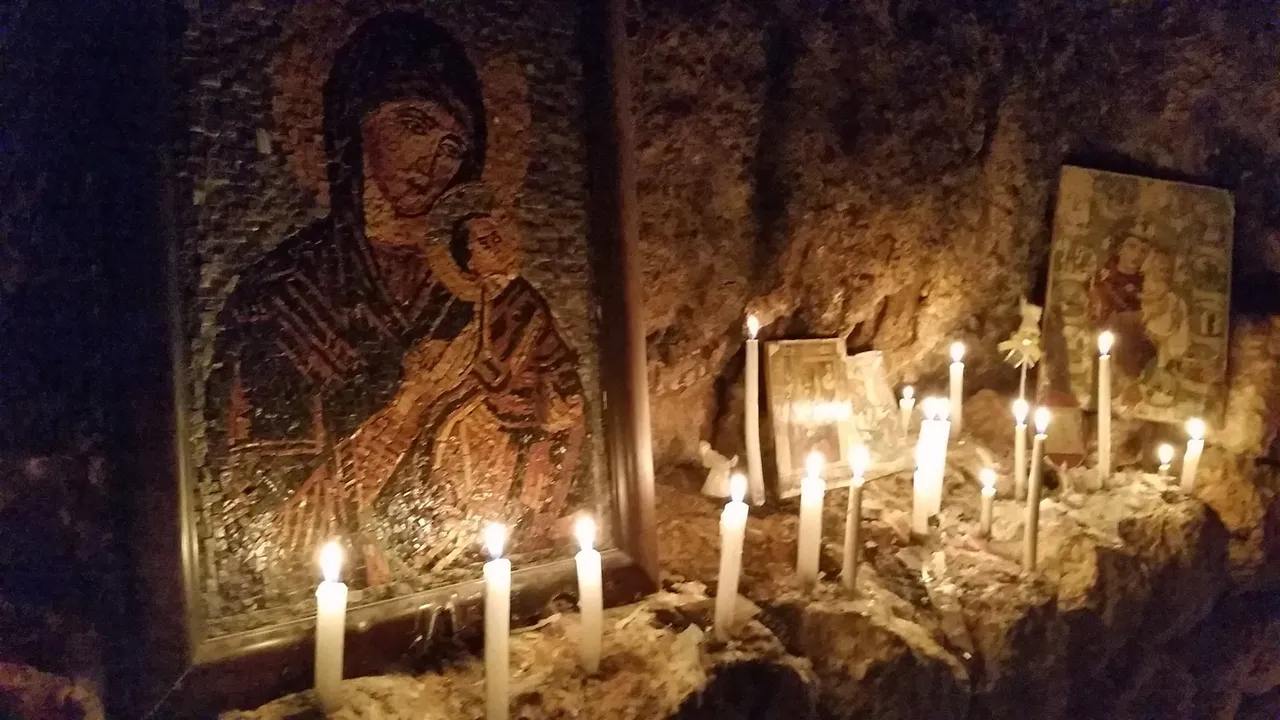
"But today we have become more open, especially as the place has become a popular mosque that comes second only to Jerusalem," she said.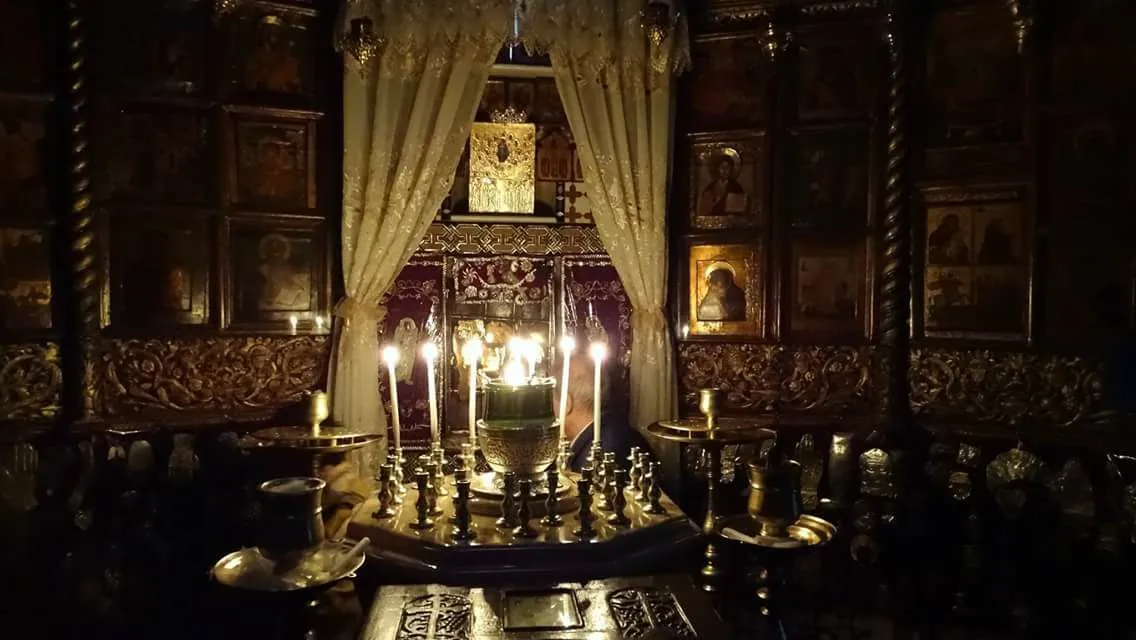
She noted that the nuns enjoy cattle breeding and vineyards, explaining that they prepare bread and modest food every day and start their day by praying at dawn.
"Some of them specialize in the education and education of female students who come from Syria, Lebanon, Jordan and Ethiopia," she said, noting that people from different parts of the world come to visit the ancient monastery, including some who are staying for the purpose of hospitalization.
Baz explained that in the Qalamoun Mountains there are some villages like Maaloula, Baha and Jammalin. The neighborhood is still inhabited by the ancient Syriac people, with very few Sednaya people who are fluent in the Old Gospels.